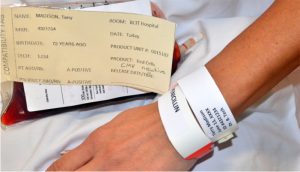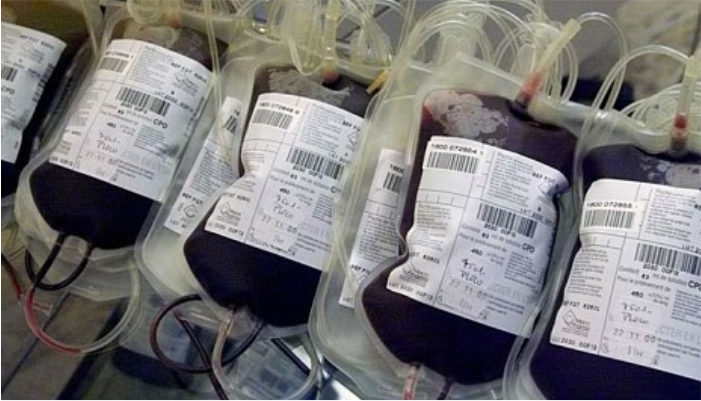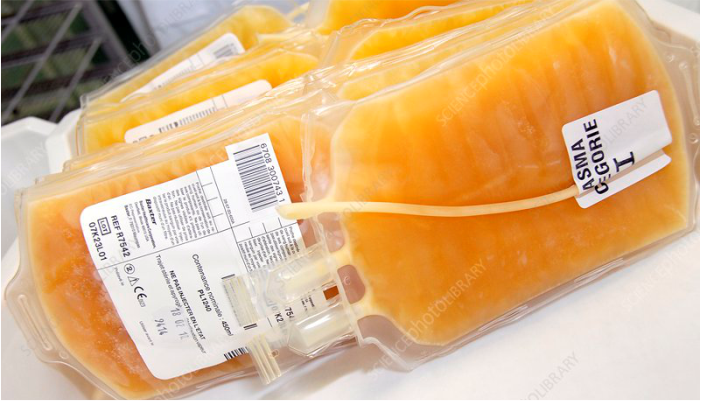Administration of Blood and Blood Components

Proper transfusion practices are essential to patient safety. The following are key steps and precautions to ensure safe and effective administration of blood and blood components.
1. Timing of Transfusions
- Avoid initiating transfusions at night unless absolutely necessary.
- Nighttime transfusions are riskier due to lower staffing, disrupted patient rest, and increased chance of unnoticed adverse reactions.
2. IV Setup and Compatibility
- Use a 19-gauge or larger needle with a Y-type blood administration set and clot filter.
- Flush existing IV lines with isotonic saline before transfusion.
- Do not use Ringer’s lactate or dextrose solutions with blood products as they can cause clotting or hemolysis.
- Do not add drugs directly to blood units.
- Administer medications before or after transfusion using a separate IV site if necessary.
3. Patient Identification
- Confirm the patient’s ID using the wristband, transfusion form, and blood unit label.
- If the ID does not match, do not proceed until proper crossmatching is done with a new sample.
4. Blood Unit Inspection
- Inspect for hemolysis, clots, or discoloration before administration.
- Contact the blood bank if anything appears abnormal.
5. Pre-Transfusion Vital Signs
- Record baseline temperature, blood pressure, pulse, and respiratory rate.
6. Blood Container Handling
- Do not attempt to release air from plastic blood containers.
- Mix blood thoroughly by gently inverting the bag several times before hanging.
- If transfusion is delayed, return the blood to the blood bank immediately.
7. Blood Storage Safety
- Never store blood in non-approved refrigerators or areas such as nursing stations or ORs.
- Use only designated, monitored blood storage equipment.
8. Hanging the Blood
- Gently mix before administration.
- Carefully insert the infusion set cannula to avoid puncturing the bag.
- Prime the set with 50–100 mL of saline to ease infusion.
9. Special Filters
- Some patients may require leukocyte-reduction or microaggregate filters.
- Consult the Blood Bank or physician for filter requirements.
10. Documentation and Monitoring
- Record the exact start time of the transfusion.
- Stay with the patient for the first 5–15 minutes and monitor closely.
- Recheck vitals at 15 minutes and upon completion.
11. Transfusion Timing Guidelines
- Red blood cells (RBCs) should be infused within 2 hours.
- May extend to 4 hours in case of CHF, immunologic issues, or reactions.
- For very slow transfusions, consider splitting the unit.
12. Post-Transfusion Protocol
- Return empty blood bags to the blood bank.
- Residual blood in the bag may be important for reaction investigation.


